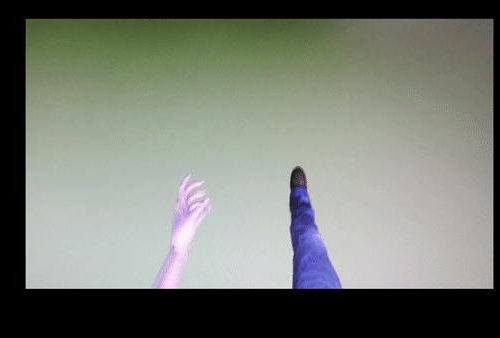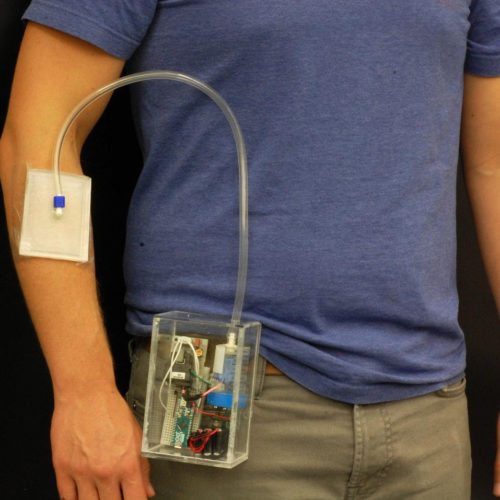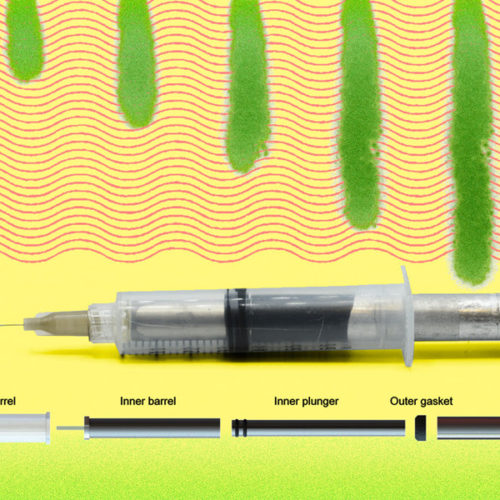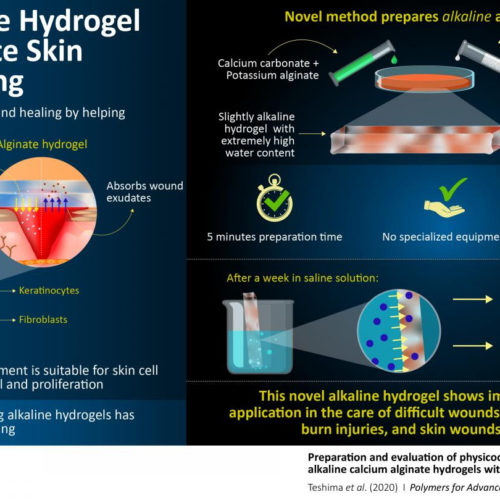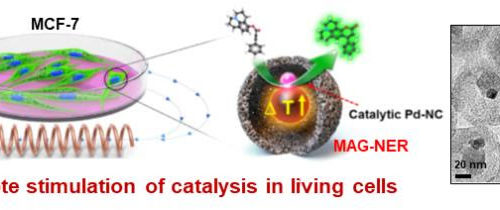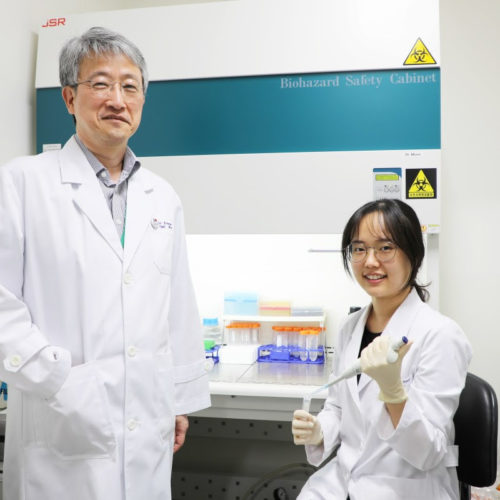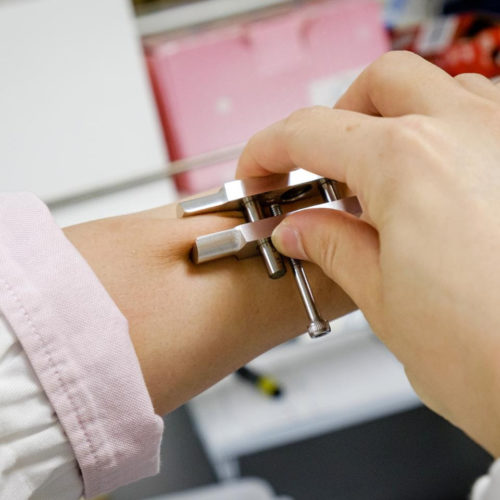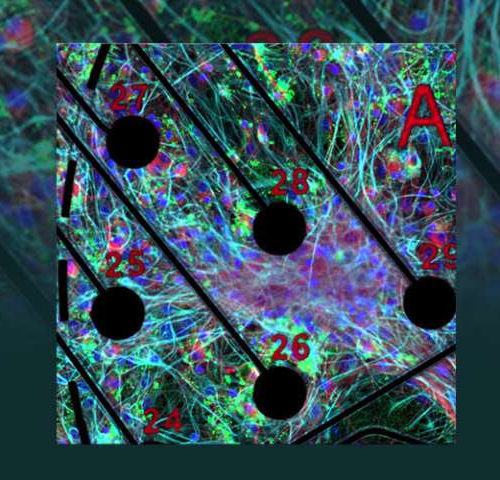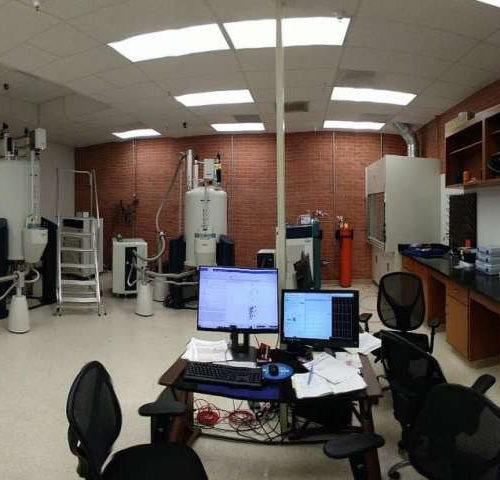THE VIRTUAL BODY AS EXPERIENCED BY THE USER view more CREDIT: TOHOKU UNIVERSITY Researchers at the Smart-Aging Research Center (IDAC) at Tohoku University have developed an innovative training protocol that, utilizing immersive virtual reality (IVR), leads to real physical and cognitive benefits. We all know that physical exercise is crucial for overall well-being and helps...
Tag: <span>nanotechnology</span>
Subtypes and developmental pathways of innate T cells identified
POHANG UNIVERSITY OF SCIENCE & TECHNOLOGY (POSTECH) INNATE T CELLS HAVE ANALOGOUS EFFECTOR SUBSETS. view more CREDIT: YOU JEONG LEE, SANGUK KIM (POSTECH) There are memory cells that remember previously encountered pathogens and help to react quickly and strongly when exposed to them again. The developmental process of strong immune cells that make these memory...
Wearable, portable invention offers options for treating antibiotic-resistant infections
PURDUE UNIVERSITY PURDUE UNIVERSITY INNOVATORS CREATED A WEARABLE INVENTION THAT OFFERS OPTIONS FOR TREATING ANTIBIOTIC-RESISTANT INFECTIONS AND WOUNDS. view more CREDIT: PURDUE UNIVERSITY/RAHIM RAHIMI WEST LAFAYETTE, Ind. – The rapid increase of life-threatening antibiotic-resistant infections has resulted in challenging wound complications with limited choices of effective treatments. About 6 million people in the United States...
Syringe technology could enable injection of concentrated biologic drugs
Researchers have designed a simple, low-cost device for subcutaneous injection of viscous formulations. MIT researchers have developed a simple, low-cost technology to administer powerful drug formulations that are too viscous to be injected using conventional medical syringes. The technology, which is described in a paper published today in the journal Advanced Healthcare Materials, makes it...
Novel alkaline hydrogel advances skin wound care
Scientists, including an undergraduate student, develop a novel method to produce an alkaline hydrogel that could be applied to healing wounds better TOKYO UNIVERSITY OF SCIENCE A NEW METHOD THAT REQUIRES NO SPECIALIZED EQUIPMENT AND CAN BE PERFORMED AT ROOM TEMPERATURE TO PRODUCE AN ALKALINE HYDROGEL IN FIVE MINUTES, ALLOWING ITS EASY IMPLEMENTATION IN ANY...
Nanocatalysts that remotely control chemical reactions inside living cells
POHANG UNIVERSITY OF SCIENCE & TECHNOLOGY (POSTECH) DIAGRAM OF REMOTELY CONTROLLED CATALYSIS IN LIVING CELLS USING MAG-NER AND THE ELECTRON MICROSCOPE IMAGE OF MAG-NERview more CREDIT: IN SU LEE (POSTECH) The enzymes responsible for catalytic reactions in our body’s biological reactions are difficult to use for diagnosis or treatment as they react only to certain...
Mucus shows promise as cheap and easy diagnostic tool for Alzheimer’s
By Nick Lavars August 12, 2020 Alzheimer’s researchers Professor Cheil Moon (left) and Gowoon Son (right) analyzing nasal discharge samples in the lab at Daegu Gyeongbuk Institute of Science and TechnologyDaegu Gyeongbuk Institute of Science and Technology VIEW 1 IMAGES With so much we are yet to understand about how Alzheimer’s develops, scientists are coming...
NTU and A*STAR scientists develop new way to deliver more drugs through the skin
NANYANG TECHNOLOGICAL UNIVERSITY A PROTOTYPE TEMPORAL PRESSURE DEVICE DEVELOPED BY THE NTU AND A*STAR SCIENTISTS, WHICH CAN PUT PRESSURE ON THE SKIN, THUS CREATING MICROPORES THAT ALLOWS THE DRUGS TO PASS THROUGH THE… view more CREDIT: NTU SINGAPORE Scientists from Nanyang Technological University, Singapore (NTU Singapore) and the Agency for Science, Technology and Research (A*STAR)...
Neuronal cultures advance ‘brain-on-a-chip’ technology
by Jeremy Thomas, Lawrence Livermore National Laboratory Laboratory team cultured rodent-derived neurons on microelectrode arrays and allowed the cultures to form networks, supplementing them with astrocytes and oligodendrocytes — cell types that play a critical role in neuronal health and function. Pictured is an immunofluorescence image of a complex culture, showing neurons (stained red), astrocytes...
Researchers detangle protein interaction implicated in Down syndrome and Alzheimer’s
by Brittany Uhlorn, University of Arizona The powerful biomolecular NMR spectrometers at the University of Arizona have allowed scientists to gain molecular details of the interaction between RCAN1 and calcineurin, two proteins that have long been implicated in Down syndrome and Alzheimer’s disease. Credit: University of Arizona From the movement of a finger to the...

